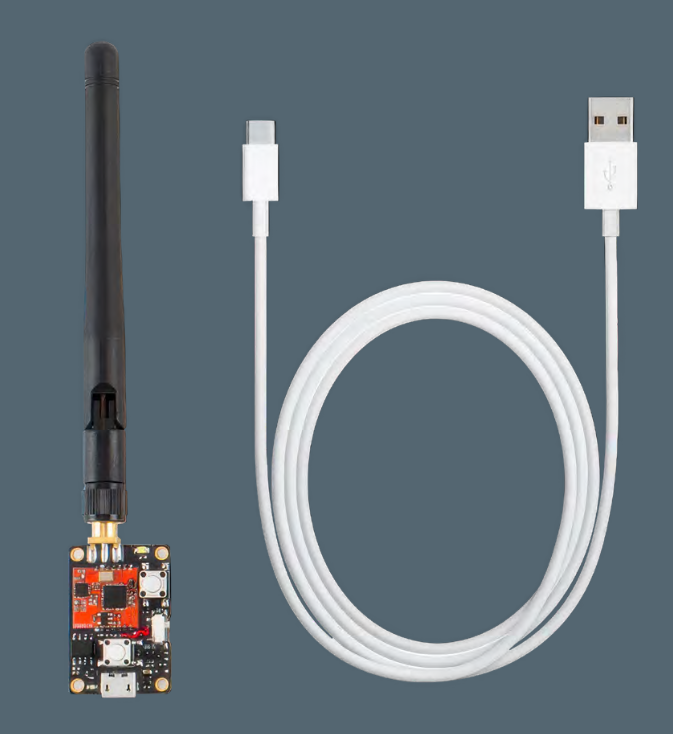
Download Now
In today’s cloud environments, every application is dependent on infrastructure. “The Cloud” has evolved into a superset of enterprise data centers, co-location facilities, hosting environments, network exchanges, and SaaS platforms. Securing data centers from both physical and wireless threats is crucial.
The industry has spent billions to make data centers among the most physically secure locations on the planet. Data center physical security is well-refined and involves identity scanners, physical blockades, trained guards, motion detectors, and comprehensive camera systems. Physical security focuses on tangible threats, but wireless threats don’t care about guards and gates. Attackers can use Wi-Fi, cellular, Bluetooth, and other protocols to control systems inside a data center from beyond the perimeter fence or exfiltrate data, voice, and video.
Modern data center locations driving today’s cloud infrastructure should implement Wireless Airspace Defense for Data Centers to detect and mitigate all threats.
Wireless Threats
Wireless threats, like network-borne vulnerabilities and malware, are evolving rapidly. However, they have a distinct advantage over network-centric attacks: They are not detectable on managed networks. Wireless threats can exfiltrate data out-of-band from even the most complex firewall, intrusion detection, and malware scanning systems on a physical network. You must continuously monitor for wireless threat activity to ensure your data centers have no unknown threats.
Wireless threats manifest themselves in forms such as:
- Rogue Wi-Fi access points and data ex-fil devices
- Rogue video and still-image cameras
- Bluetooth-based data harvesting devices
- Cellular voice, data and video ex-fil devices, which can bridge physical networks
- Industrial Control System jammers, blockers and signal interfering devices

Any of these threats can impact system stability, deny access to or steal data from applications, or compromise the integrity of the data centers.
Threats Are Camouflaged
Advanced data exfiltration threat devices often resemble cables and components typically present in your facility. The only way to identify an actual threat is to monitor the wireless spectrum for transmissions that violate the security policy.
Physical inspection will not identify these threats.

